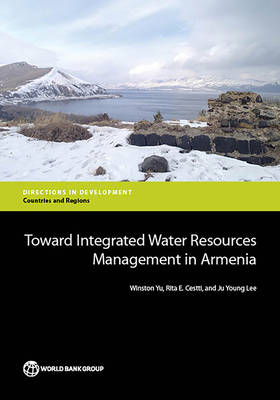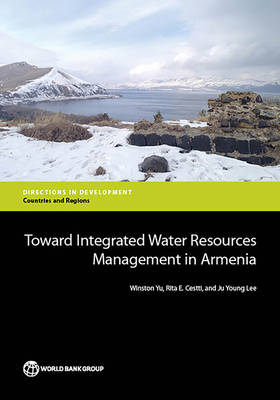
Bedankt voor het vertrouwen het afgelopen jaar! Om jou te bedanken bieden we GRATIS verzending (in België) aan op alles gedurende de hele maand januari.
- Afhalen na 1 uur in een winkel met voorraad
- Gratis thuislevering in België vanaf € 30
- Ruim aanbod met 7 miljoen producten
Bedankt voor het vertrouwen het afgelopen jaar! Om jou te bedanken bieden we GRATIS verzending (in België) aan op alles gedurende de hele maand januari.
- Afhalen na 1 uur in een winkel met voorraad
- Gratis thuislevering in België vanaf € 30
- Ruim aanbod met 7 miljoen producten
Zoeken
€ 34,95
+ 69 punten
Omschrijving
The Republic of Armenia is facing a number of emerging challenges in the water sector. Though overall water resource availability in the country is good, the country's ability to monitor groundwater and surface water is deteriorating, enforcement under the existing water permit system is weak, conflicts loom over water use in the agriculturally important Ararat valley, and climate change continues to exert pressure. The performance of the irrigation, hydropower, municipal, industrial, and environment sectors depends on the judicious and coordinated wise use of the country's water resources. Recognizing the importance of integrated water resources management (IWRM), the government of Armenia has introduced over the last decade major institutional and policy reforms. These reforms provide a strong legislative foundation and framework for ensuring good management and development of water resources in the country. Despite this, further institutional strengthening is needed to fulfill the vision of this legislative framework. Toward Integrated Water Resources Management in Armenia identifies the challenges in the different water subsectors, reviews the current institutional framework and implementation of relevant water-sector policies, and makes recommendations for the next steps to strengthen water resources management in the country. The book's overall goal is to provide guidance to the government and to donors to help enhance Armenia's future water security.
Specificaties
Betrokkenen
- Auteur(s):
- Uitgeverij:
Inhoud
- Aantal bladzijden:
- 174
- Taal:
- Engels
- Reeks:
Eigenschappen
- Productcode (EAN):
- 9781464803352
- Verschijningsdatum:
- 20/10/2014
- Uitvoering:
- Paperback
- Formaat:
- Trade paperback (VS)
- Afmetingen:
- 178 mm x 254 mm
- Gewicht:
- 317 g

Alleen bij Standaard Boekhandel
+ 69 punten op je klantenkaart van Standaard Boekhandel
Beoordelingen
We publiceren alleen reviews die voldoen aan de voorwaarden voor reviews. Bekijk onze voorwaarden voor reviews.









